61 (62) battels
The account contracted in the college, ‘the terminal bills for rooms, coal, tuition, subscriptions and so
forth, and for food and drink’ (ALL).
61 (62) ducks and drakes
Expensive and profitless pleasures. Originally it was the name of the game in which one tries to bounce
pebbles across the flat surface of an expanse of water, an activity that was condemned in Puritan times as
idle play.
61 (62) It’s all done by lawyers ... and I suppose they embezzle a lot.
As with many rich aristocrats, Sebastian appears neglectful of his own finances. In fact he has his own
banking account until his family stop it when they begin to suspect he is developing alcoholism (Sebastian
mentions this action on page 152). He then develops ingenious ways of gaining money to finance his
addiction. Why Sebastian should think he never gets much money and doesn’t get a regular allowance is, in
the circumstances, obscure. If there is any truth in it, he has an obvious remedy : contact his father, who
would gladly arrange a bountiful allowance if only to spite his wife.
Sebastian is more conscious about the lawyers than young men usually are probably because the Flytes would need them to facilitate the separation arrangements triggered by Lord Marchmain’s defection. The idea that the lawyers systematically embezzle money (it will be echoed in Rex’s words later) is undoubtedly far-fetched, though no doubt they would ensure they received more than adequate recompense for their trouble. Lawyers as trustees are proverbially tight-fisted in handing out money so Sebastian may draw less of an allowance than a young aristocrat expects to get. The idea that Sebastian sponges on Charles is perhaps a distasteful thought, but there seems some truth in it.
62 Dresden figures [Only in Am. Ed.]
Popular and delicate porcelain figures made at or inspired by the Meissen factory in Germany. Well-liked in
England were ones of ladies and gentlemen acting out lives of shepherds, shepherdesses, etc., in unrealistic
finery.
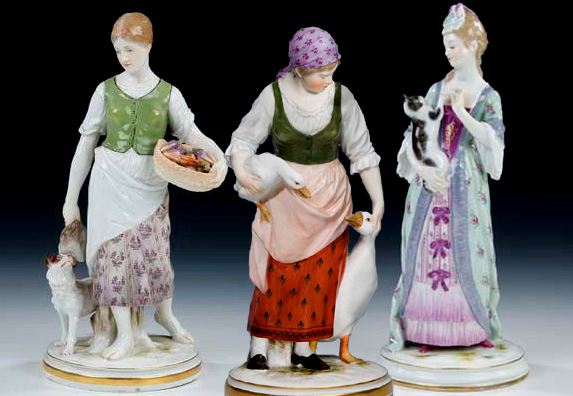
62 (63) mandarin-tread
With small, shuffling steps supposedly reminiscent of those of a high-ranking Chinese official.
62 (63) frogged
i.e. with loops instead of buttonholes.
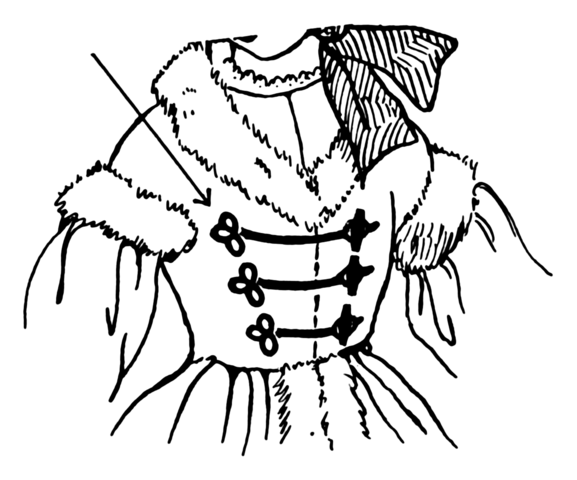
62 (63) Sonerscheins
A London dealer in antiques. I have not yet been able to track down its location, or indeed any information
on it.
62 (63) terra-cotta bull of the fifth century
This statue is Etruscan, we later learn, and therefore from the fifth century before Christ. Terracotta is a
reddish-brown clay often used in Etruscan and later pottery. I have never seen an example of an Etruscan
terracotta bull, but many exist from ancient Greece, the Middle East and India. (I am not saying they do not
exist!) There are however Etruscan paintings of bulls, especially in the Tomb of the Bulls excavated at
Tarquinia from the 1890’s. EW may have these in his mind, especially as the sexual nature of the paintings
in this tomb was a matter for broad-minded discussion in the 1920’s.
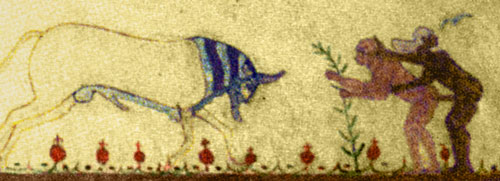
63 whiskey [Only in Am. Ed.]
In British editions of the novel this word is spelt whisky. The distinction is that whiskey is
Irish and whisky Scotch. In a middle-class English household at this time they would almost always buy
Scotch, as ninety per cent still do today. One can understand a Boston publisher preferring the Irish
spelling!
62 (63) reading parties
Groups of students who go away with a tutor to a congenial location, supposedly to continue their studies.
63 (64) Barbizon
A town 30 miles south-east of Paris. It gave its name in the mid-19th century to a community of artists led
by Théodore Rousseau, Constant Troyon and Charles-François Daubigny. Loosely associated with them were such
artists as Jean-François Millet and Camille Corot. They painted animals and landscapes with considerable
accuracy while trying to convey character and mood. They were realist but also foreshadowed the
Impressionists in their concerns. The group’s paintings were rising in public estimation in the early 20th
century.
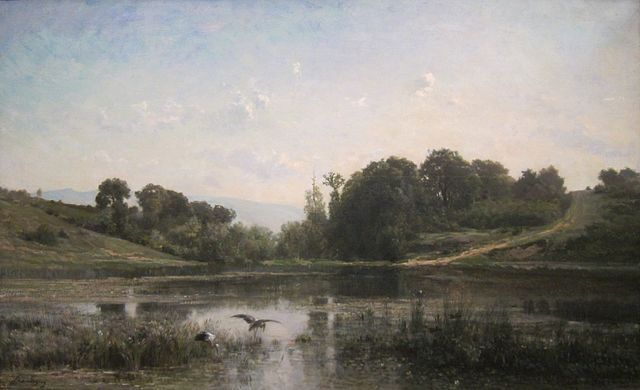
63 (64) “sketching club”
Mr Ryder’s description is accurate in depicting the fashions and preoccupations common in his youth some
thirty or forty years before.
63 (64) pepper-and-salt knickerbockers
Knickerbockers are short, baggy trousers gathered and restrained at the knees. Pepper-and-salt is the name
of a type of cloth made of dark and light wools so that each colour appears as small dots.
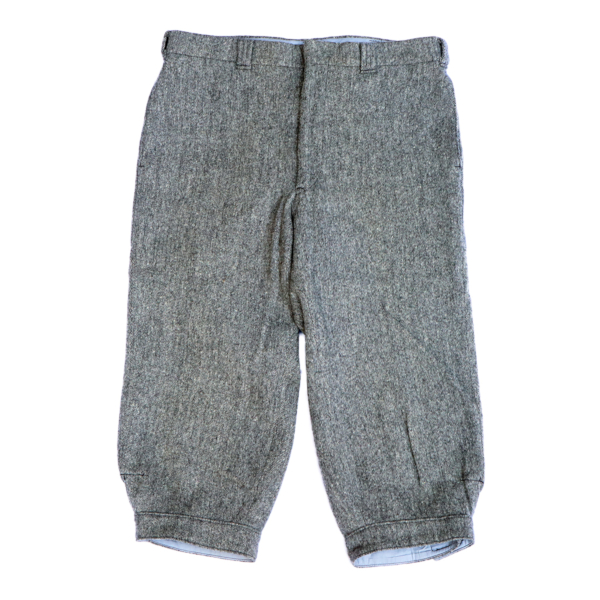
63 (64) holland umbrellas
Holland is a kind of strong linen which is also used for upholstery.
63 (64) In Queer Street?
Mr Ryder’s list reads like an entry from Roget’s Thesaurus, but isn’t. Queer Street is a criminal
expression of some antiquity to describe financial difficulties. It seems likely that it derives from Carey
Street, the London street where the bankruptcy courts were.
63 (64) Jermyn Street
A street in London containing offices run by moneylenders, among other people.
63 (64) note of hand
A promissory note, i.e. an agreement promising payment of a sum of money at a stated time.
63 (64) Lombardic breviary
A breviary is a daily prayer book for Catholics, especially priests, containing hymns, psalms and prayers.
The Lombards came into Italy around A.D. 570 and lost their distinctiveness by 800, but their influence in Italy remained profound. Amongst other things they gave their name to a type of handwriting script. There has been considerable discussion among modern scholars as to quite what the Lombardic script was and when it flourished. It is now generally agreed that that it was current in northern Italy in the seventh and eighth centuries. But this restricted meaning is probably not what EW understood by Lombardic. In his time the term was applied more widely and was attached also to what today is called the Beneventan script, the writing of southern Italy, which developed first in the eighth century and then was promoted strongly by the monasteries of Monte Cassino and La Cava. Because it was difficult in comparison with other scripts, the Church discouraged its use from the 13th century onwards though its manuscripts are often beautiful.
The two pages of papyrus that Mr Ryder found in the breviary are probably early Christian texts, and would be of interest to scholars. It is not clear whether Mr Ryder’s glee is because of this importance or because he has got more for his money.
63 (64) épergne
A table centrepiece which might be used for fruit or sweets.

63 (65) garden-room
A room which looks out onto the garden, rather like what is called a conservatory today though it need not
be an extension.
64 (65) Bayswater Road
An indication of where in London Charles lived. Bayswater is an area where prosperous Victorians built
large, comfortable houses.
64 (65) before the mast
It actually means that cousin Melchior worked as an ordinary sailor.
64 (66) rusks
Rusks are large, hard biscuits which quickly soften into a mess when eaten. They are therefore considered
ideal for children who are being weaned. Before this stage they are often served to them in a bowl with
milk. Their attractive corn taste made them a favourite with many older people, as here.
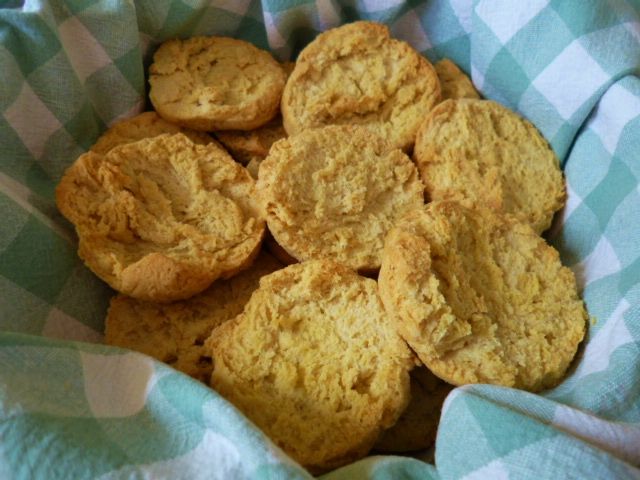
65 (66) smoking suit
In 1923 it was still common in society for men to wear a special jacket when they smoked. This practice had
the advantages of preventing ash from dropping on their proper clothes and of reducing the smell which the
clothes underneath would otherwise give off. It was also the practice for men to wear smoking jackets when
they presided at their own table, even when all other men wore formal dress. Nowadays the term smoking
jacket is frequently used for an informal, comfortable one.
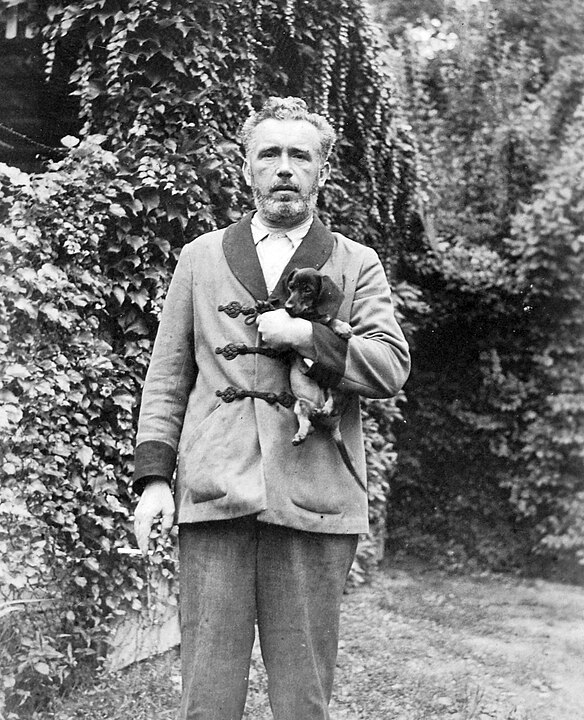
65 (66) You should go to the play as part of your education.
Mr Ryder’s own father would not easily have expressed this admirable sentiment. The theatre had only
comparatively recently changed in the minds of the middle class from a place of intolerable vice to a place
of wholesome entertainment; and indeed not all minds had made the change.
66 (67) a three-course dinner was middle-class
The middle class meal would have been soup, meat and sweet. The Ryders are of course eating a four-course
meal, plus (no doubt) a post-prandial drink and (possibly but not certainly) coffee. Mr Ryder goes on to
explain the format. A concern with not appearing middle-class is in itself not a certain indicator of the
Ryders being aristocratic, but they are certainly from a landed family.
66 (67) in lapidary form
As if cut in stone, i.e. with an impressiveness and clarity which appears to be valid for generations to
come.
66 (68) lived there during my school terms
i.e. because Charles was away from home at his boarding school and Aunt Philippa could not endure residing
with his father alone. Once Charles was as good as through school, she left for Italy.
67 (68) Jorkins
Jorkins appears also in Charles
Ryder's Schooldays, the short story EW wrote soon after BR but never wanted to publish. The
story is far too esoteric for general consumption, dealing as it does with minutiae of schoolboy life in an
exclusive school; indeed one would need to have gone to Lancing College, EW’s old school, in order to
understand it easily. In the short story Jorkins is a rather sad boy who gets snubbed by Charles and his
companions.
67 (69) tail coat
Often called tails, this is a formal black coat for a man, cut short at the front and with two long
tails at the back.
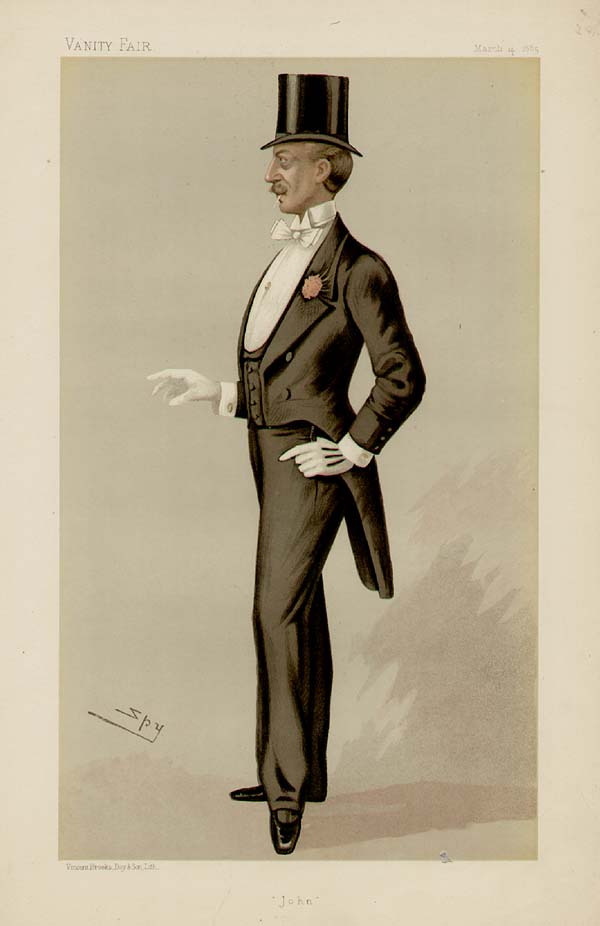
67 (69) dinner jacket
English term for a tuxedo. Until well into the 20th century, the English upper classes considered
it bad form to wear a tuxedo at all. In situations where others considered a tuxedo suitable, they would
wear tails. Younger men were changing this standard by 1923 but Mr Ryder still adheres to it. EW pretended
to be affronted by dinner jackets at his daughter’s coming out ball as late as 1956.
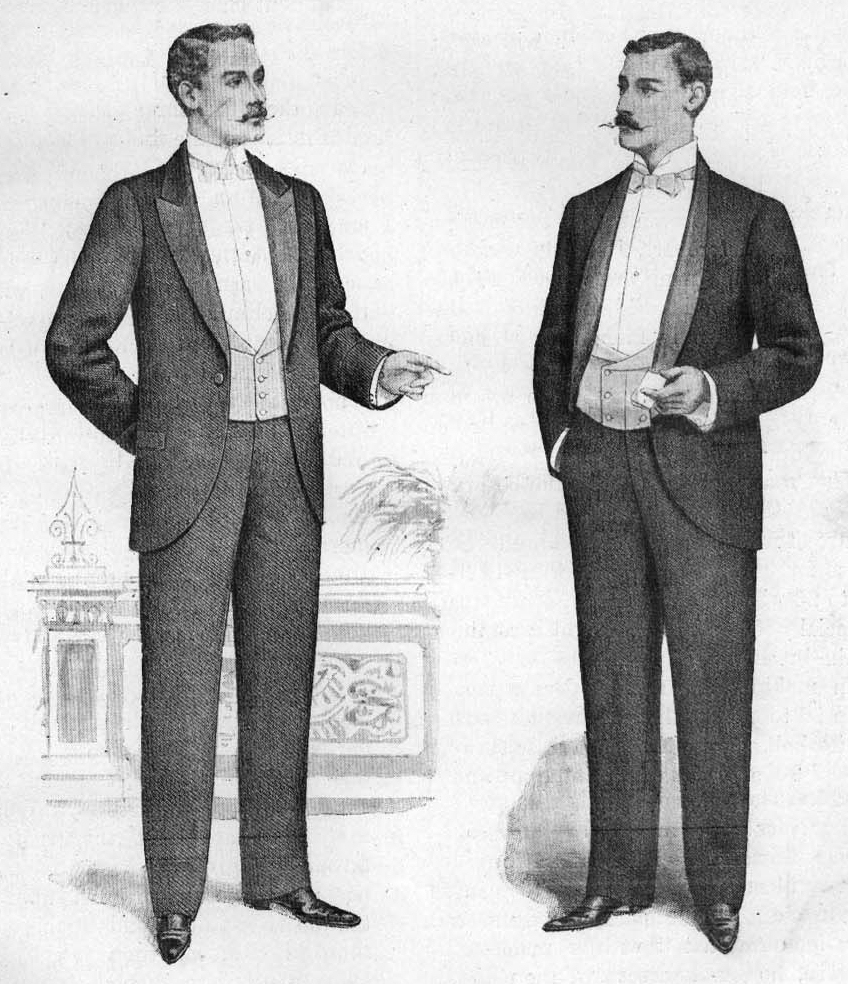
67 (69) Sussex Square
Certainly less than a mile away.
68 (69) came ... a cropper
Slang for suffering an embarrassing failure. The term comes from riding : it is when you fall off a horse
very badly, generally forwards over the neck and crop.
68 (69) “folded up”
This does not seem to be a particularly American phrase today, but it was so then. (It had not reached an
Oxford Dictionary that I possess which was published in 1959.) In any case it has the hint of the informal
that Mr Ryder needs.
68 (69) translating pounds into dollars
From 1918 to 1923 the rate fluctuated at around four dollars to the pound. It was fixed at its pre-war rate
of 4.86 when Britain went back on the gold standard in 1925, though this high level proved unsustainable.
68 (70) your national game … cricket
One hardly needs to be told that cricket is not a national game of the United States. Charles thinks that
his father went too far with this joke, but in fact Jorkins is so confused that he still does not seize the
opportunity to clear the situation up.
69 (70) “cross the herring-pond”
A dreadful cliché for ‘cross the Atlantic’, a usage which must have enlightened even Jorkins - too late.
69 (70) Westminster Abbey
A favourite tourist target in London.
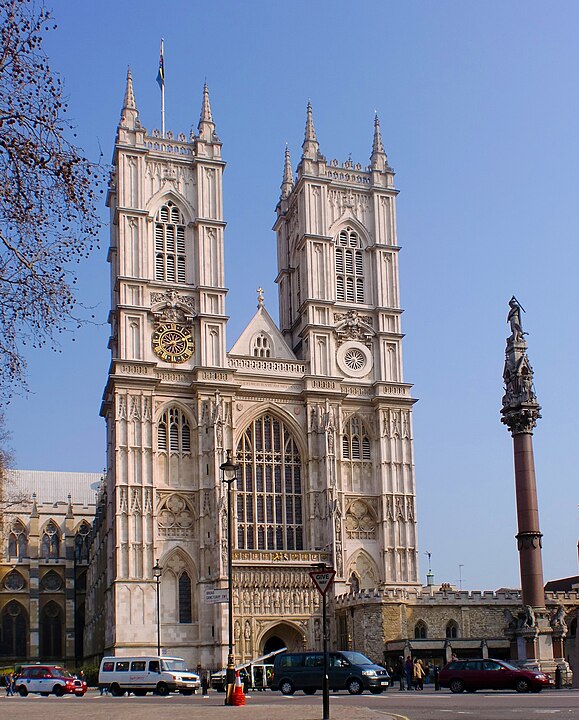
69 (71) British Museum
The celebrated national repository of learning and antiquities, founded in London in 1753.
69 (71) monoglot
i.e. he could speak only German, his own language.
70 (72) Bordighera
A seaside town in the Italian Riviera between Monaco and San Remo. In the late nineteenth and early
twentieth centuries it was a favoured resort for wealthy British visitors, some of whom put down permanent
roots. They have almost all gone now.
70 (72) Darwin
The capital of the Northern Territory of Australia. In the first edition of BR EW gave this town as
Darwen , which is in Lancashire!
71 (72) Brideshead Castle, Wiltshire
Now we learn in which county Brideshead is situated. It is still not quite clear which River Avon it is near
: it is not the Warwickshire Avon but both remaining candidates pass through Wiltshire.
71 (73) telegram
A message by telegraph, a service supplied by the General Post Office which ensured that an urgent message
was delivered by telephone and then by hand within a short time. Made obsolete by the general diffusion of
the telephone, it was discontinued on 1st October 1982.
72 (73) Zoo
The London Zoo at Regent’s Park is within easy walking distance of Bayswater.
72 (74) in holy orders
i.e. a priest.
72 (74) Paddington Station
The major London rail terminus which serves the West of England. Paddington is only a short journey from
Bayswater.

72 (74) bookstalls shut
In the 1920’s the observance of Sunday was far more complete than it is today and indeed not only enjoined
by the Church but enforced by the law of the land. Today there are still pockets of habitation which have
their own observances.
72 (74) Reading
A large town on the railway line to Oxford, Swindon and Bristol. The Great Western Railway Company owned
this line, originally designed and built by the famous engineer Isambard Kingdom Brunel (1806-1859).
73 (75) Melstead Carbury
There is no such place. EW does not say where Charles changed to a local line, but it is most probably
Swindon - he would have had time for dinner between Reading and Swindon. There is a local line from Swindon
which goes through Chippenham and Melksham to Trowbridge and Bradford-on-Avon. This is the Avon that enters
the Bristol Channel through the Avon Gorge : as a result it is the likeliest candidate for Brideshead’s
Avon. One cannot determine which town, if any, served as a model for Melstead Carbury, though Iain Gale (in
Waugh's World) places Brideshead Castle near Chippenham.
73 (75) the most enormous fuss
Julia’s sisterly disdain of Sebastian’s injury gives yet another view of Sebastian quite early in the novel.
For her he is a troublesome, self-centred pest. Cordelia’s later statement that only she and Charles loved
Sebastian appears to be true.
74 (75) croquet
A lawn game requiring mallets, heavy balls, and metal hoops called wickets which are stuck into the lawn.
75 (77) grisaille
A mode of painting in which only tones of grey are used, to monumental effect.
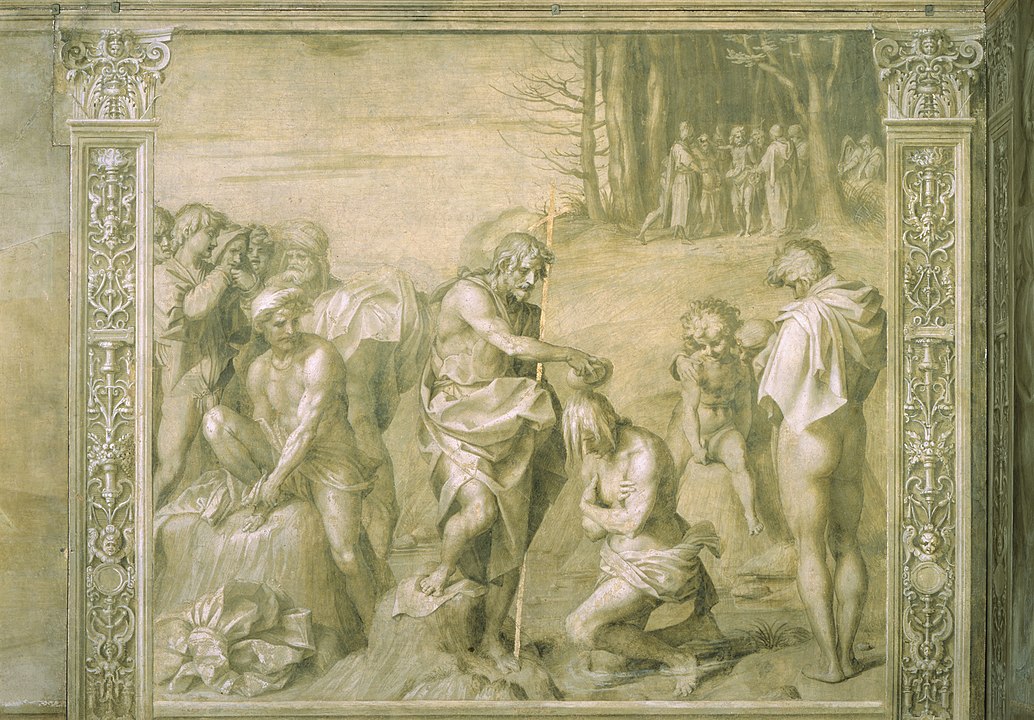
75 (77) spacious octagon
A room with eight sides.
75 (77) wreathed medallions
Oval or round painted panels in decorative framing based on patterns suggested by plant forms.
75 (77) Pompeian figures
These figures are derived from statues dug up at Pompeii or from paintings on the walls there. There was a
craze in Europe for Pompeian style after the first excavations of Pompeii, beginning in 1749, revealed art
of stunning quality : it reached a peak in the nineteenth century and especially affected architecture
though also fashion.
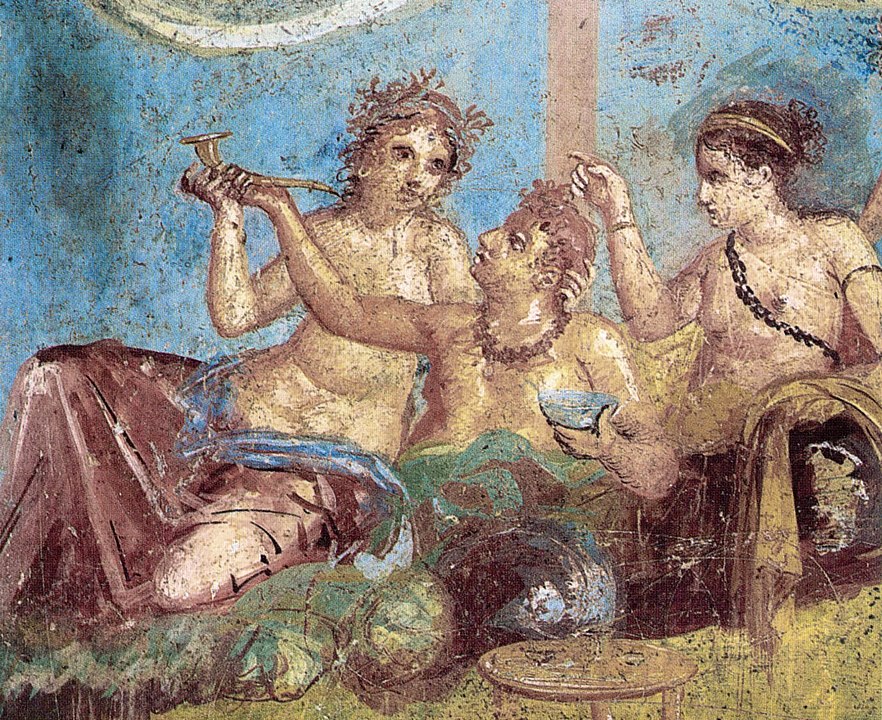
75 (77) ormolu
An alloy of copper and zinc used for mouldings and for metal fittings on furniture.
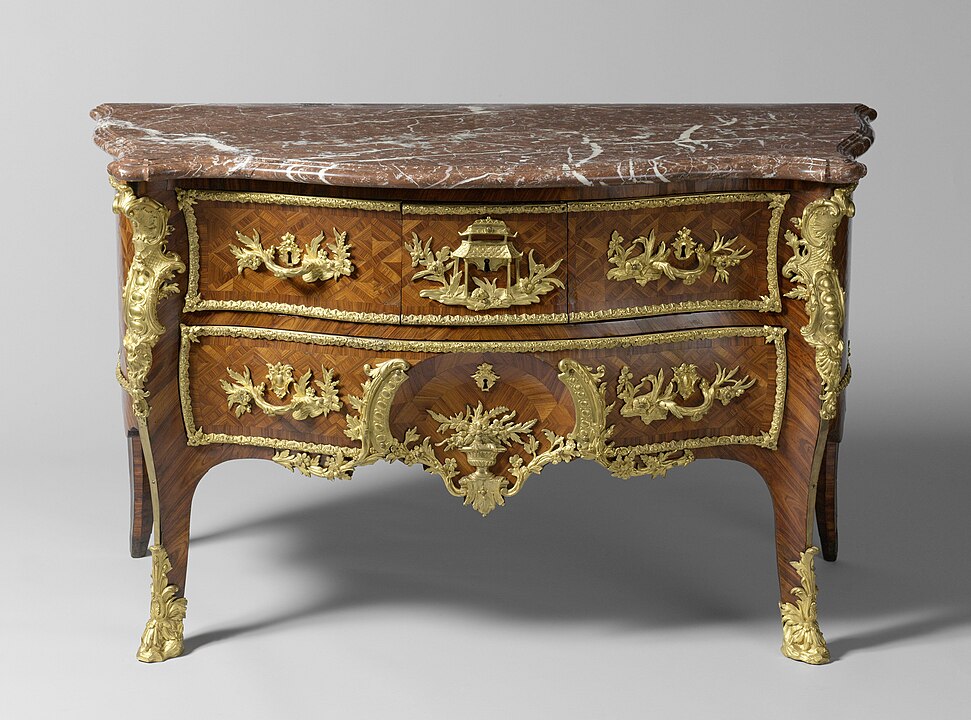
75 (77) candelabrum
A large candleholder with several arms (plural : ‘candelabra’). As it is hanging one perhaps thinks it is a
chandelier, but it is probably too small (and possibly low) to be one.
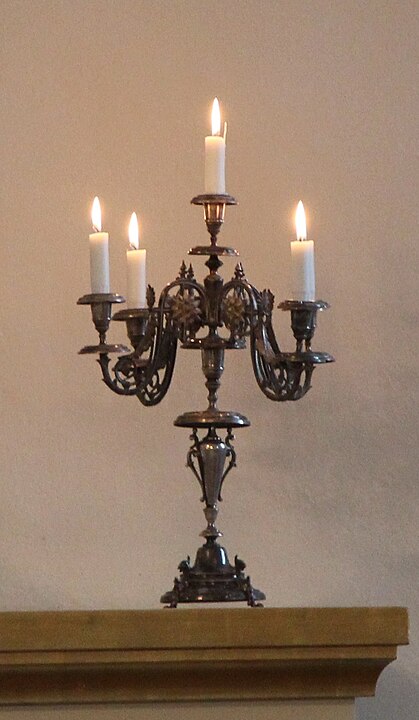
76 (77) sconces
A sconce is a small candleholder fixed to the wall or a piece of furniture (e.g. a piano).
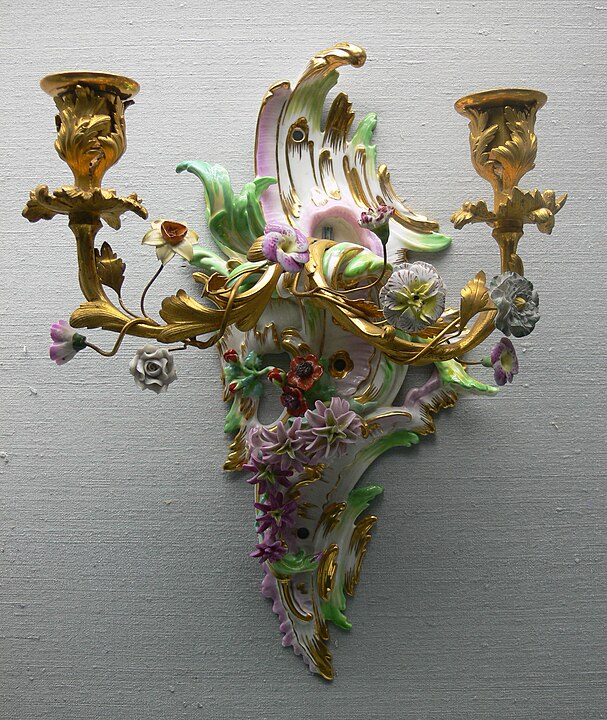
76 (78) halma
A board game much the same as Chinese chequers.
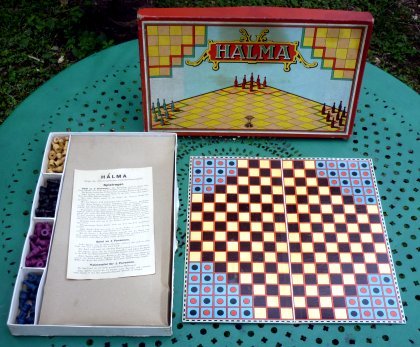
76 (78) 'All Clear'
During World War II, a wailing note from the sirens which continuously rose and fell announced that air
raids were imminent. The ‘All Clear’ was sounded when the danger was over and consisted of a single
continuous note.